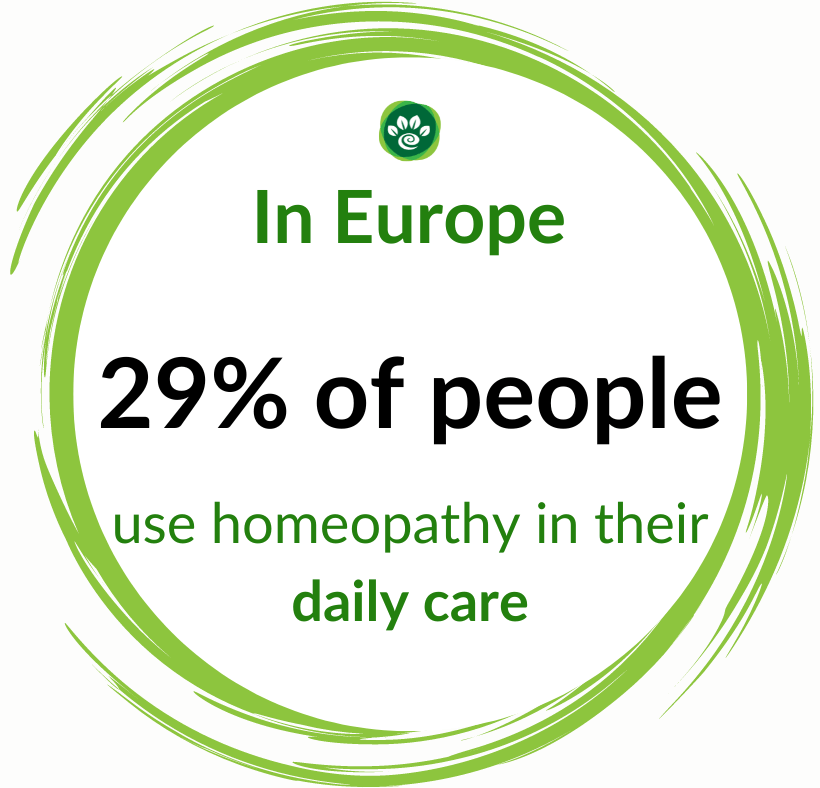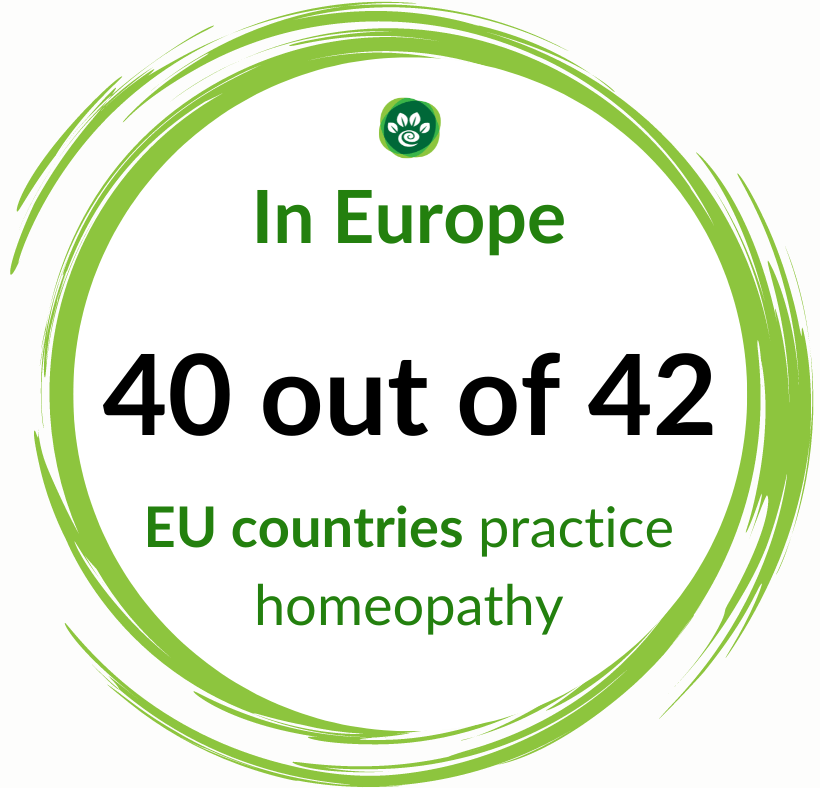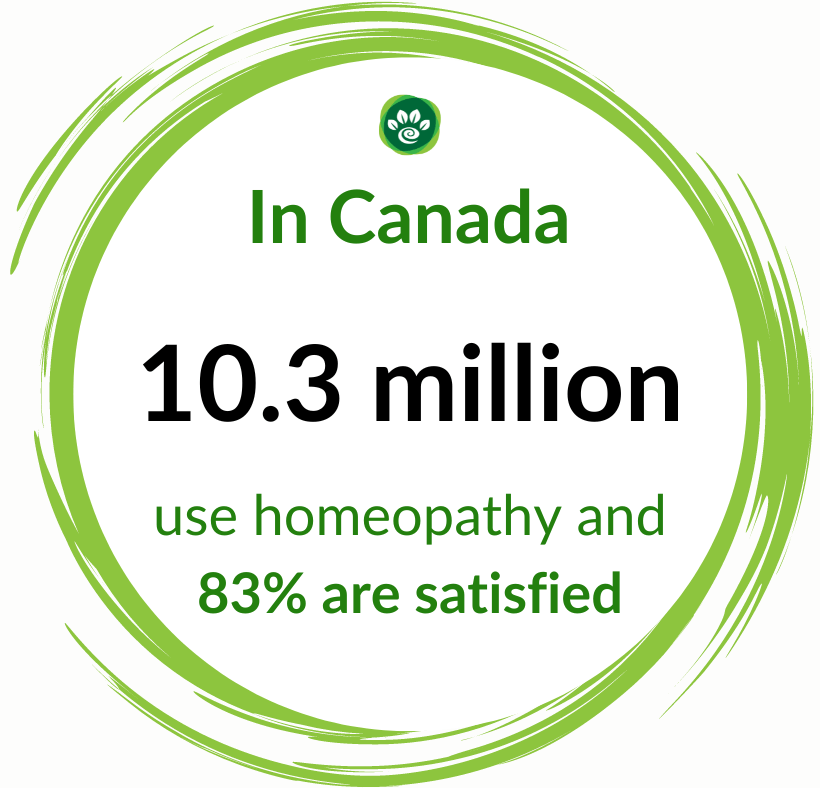
Mast Cell Tumors in Dogs: Symptoms, Life Expectancy, and Options
If your veterinarian mentioned the word "cancer" during your last checkup, or if you have reason to believe your dog may be suffering from this disease, you are probably heartbroken and undoubtedly have many worries and questions.
In dogs, mast cell tumors usually affect the skin, but they can also affect other parts of the body. Because this cancer can affect any dog, it's important to know its causes, signs, life expectancy, and treatment so you can be better prepared—for your dog's sake!
- Click to learn more: 👉 Support your dog fighting CANCER with our NATURAL product 🐶
At HomeoAnimo ™ , we love animals, just like you! As a group of professionals with decades of experience in the industry, we are committed to using our extensive knowledge and expertise to help pet owners around the world gain a good understanding of what goes into their pet's health, including how to cope with a cancer diagnosis.
I hope you find this article helpful and informative during this difficult time, so you can make informed decisions regarding your pet's health!
If you have questions about other types of cancer affecting dogs, read our Complete Guide to Cancer in Dogs for additional information.
What is a mast cell tumor in dogs?
Mast cell tumors in dogs are a type of tumor that affects "mast cells," a type of white blood cell that the body uses for allergic reactions. When these tumors are affected, the mast cells begin to release large amounts of chemicals into the body.
Mast cell tumors are the most common skin tumors in dogs, accounting for approximately 20% of all diagnosed cases. Although many mast cell tumors are found on the skin, they can also affect the lymph nodes, spleen, liver, intestine, and bone marrow.
What causes mast cell tumors in dogs?
It's natural to want to know what caused our pet's cancer. We know there are certain genetic or hereditary factors, because certain breeds, such as Labrador Retrievers and Boxers, are more commonly affected. Unfortunately, it's often difficult to identify a specific cause.
As with all cancers, mast cell tumors are more frequently diagnosed in older dogs.
What does a mast cell tumor look like in a dog?
If a mast cell tumor affects internal organs, or if chemicals from the cells are released into the body, you may experience:
- Loss of appetite and weight
- Vomiting or diarrhea
- Lethargy and loss of energy
- Loss of balance
Cutaneous mast cell tumors cannot be diagnosed simply by observation because they do not always look the same. You may notice a lump on your dog's skin, a mass under the skin, or a red growth that resembles an ulcer. Sometimes, over time, these lumps can change size, becoming larger and smaller.
Remember that not all lumps or growths found on or under your pet's skin are cancerous! Additionally, not all lumps or growths that appear harmless are benign (non-cancerous). If you notice anything unusual about your pet's skin or behavior, be sure to have them checked out immediately so your veterinarian can determine if it's serious or not.
What is the life expectancy of a dog with a mast cell tumor?
Mast cell tumors in dogs have different "grades" or levels of severity, and life expectancy can range from a few months for a grade III tumor to years for a grade I tumor.
Optimism is possible when the tumor is small, easy to remove, and if the cancer cells have not spread far from the tumor (meaning that no cancer cells will remain after surgery). For grade III tumors that have spread to other areas, life expectancy is often short, even after treatment such as surgery, chemotherapy, or radiation therapy.
Dogs diagnosed with a mast cell tumor have a high risk of recurrence, which means that even if the cancer cells have been removed, you should still be on the lookout for more tumors in the future!
When a cutaneous mast cell tumor is bumped, moved, or disturbed, it can cause the chemicals inside to be released and spread throughout the body, causing problems for your dog. So, try not to touch it and prevent your dog from licking, biting, or scratching it to reduce the risk of this happening.
Traditional treatments recommended by your veterinarian will likely include surgery and possibly radiation and chemotherapy as follow-up, depending on your dog's specific circumstances.
The cost of removing a mast cell tumor in your dog can range from $500 to $1,000, depending on your location, options, and other factors.
Natural Treatments for Mast Cell Tumors
Facing a decision about treatment for your pet can be overwhelming. It's a big decision, and you're probably studying a lot of information and doing a lot of research! After all, each option comes with many risks and benefits.
No matter what options you consider or what choice you make, we know you love your pet and want the best for them! You can be sure we do too. It's good to know that there are safe, reliable, and effective natural remedies for cancer in dogs!
When dealing with cancer, the goal is to strengthen your cat's immune system to fight the disease and to combat and prevent recurrences! Our PIPTOANIMO , is the Piptoporus Betulini mushroom. Medicinal mushrooms are specially designed to keep the body healthy in cases of cancer and tumors. It is safe and can be used alone or in addition to conventional treatments - even for long-term use!
We're always here to help, whether it's with a cancer diagnosis or any other health issue your pet may have - contact us to inquire about how we can help! We can provide additional information and help you decide on the natural treatment options available for your pet.
Please feel free to share your thoughts in the comments below, or contact us by phone, email, or web chat anytime; we'd love to hear from you.
Please share this article on social media so that other pet owners can benefit from this information, just like you!



















Leave a comment
This site is protected by hCaptcha and the hCaptcha Privacy Policy and Terms of Service apply.